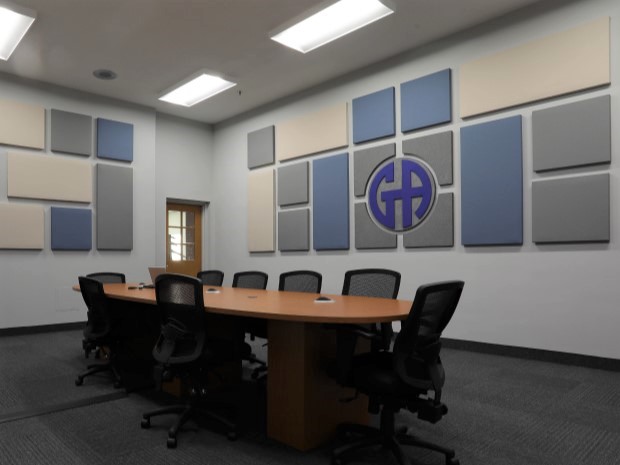Sound acoustic -when setting up a space for better sound, the first thing that comes to mind is technology. Whatever the environment — be it an auditorium, worship space, or music studio — there’s likely a lot of cabling, loudspeakers, and microphones involved. These must be complemented by acoustic treatment. Without it, your space will have an uneven frequency response.
Sound Acoustic
However, the goal isn’t necessarily to get rid of all reverberation and sound reflection — you’re trying to control the behavior of sound to create a neutral sound balance, and thus a more enjoyable environment. This requires a combination of absorption and diffusion of the sound.
For absorption, many materials can be used — the most common being foam — to soak up sound energy at both high and low frequencies. An example of the latter would be bass, which can be “trapped” using a combination of hard, soft, thin, and thick materials and even air in the form of a gap between the wall and the materials designed to trap it.
Diffusion uses multifaceted surfaces made of wood, plastic, or polystyrene to scatter sound energy to better control and improve the quality at medium and high frequencies.

Experience the Power of Sound Acoustics with Techtron International
Techtron International
Discover the Power of Sound Acoustics with Techtron International





